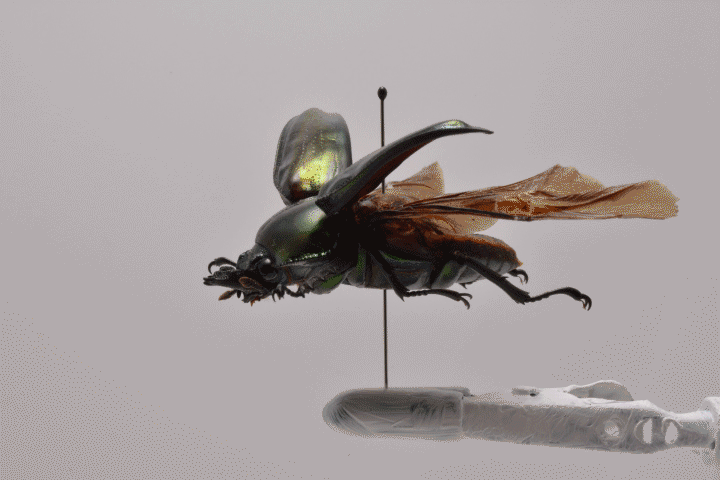This was a project for the UW Zoological Museum. I created a scientifically accurate model of a female rainbow stag beetle using contemporary digital art techniques. After its display, the model will be apart of the museum’s permanent collection. The display also contains videos that describe how iridescence works and some artistic expressions that utilized the point cloud data and the 3D scanning data.




Reference Images
Created through a process known as focus stacking, these images helped me understand some of the finer details of this specimen.








Photogrammetry
This process was difficult to achieve with this specimen. The iridescent and reflective exoskeleton confused the reconstruction software. Normally one could coat the object in baby powder or some other substance, but since this was a museum specimen, any destructive techniques wouldn’t work.
3D Scanning
Just like with photogrammetry, the iridescent and reflective exoskeleton confused the reconstruction software making for an inaccurate model. This is a video using the 3D scan data.
One Final Discovery
In an attempt to reduce reflections and glare, I photographed the specimen in cross polarized light. The light exiting the flash was linearly polarized and the lens had a rotatable polarizing filter as well. I found that the specimen changed colors depending on the relative rotation of the two filters. When the filters were orthogonal the elytra turned a deep red. Upon talking to some chemists, it was suggested that this could be a result of structural iridescence and/or wavelength dependent optical rotation during reflection.





